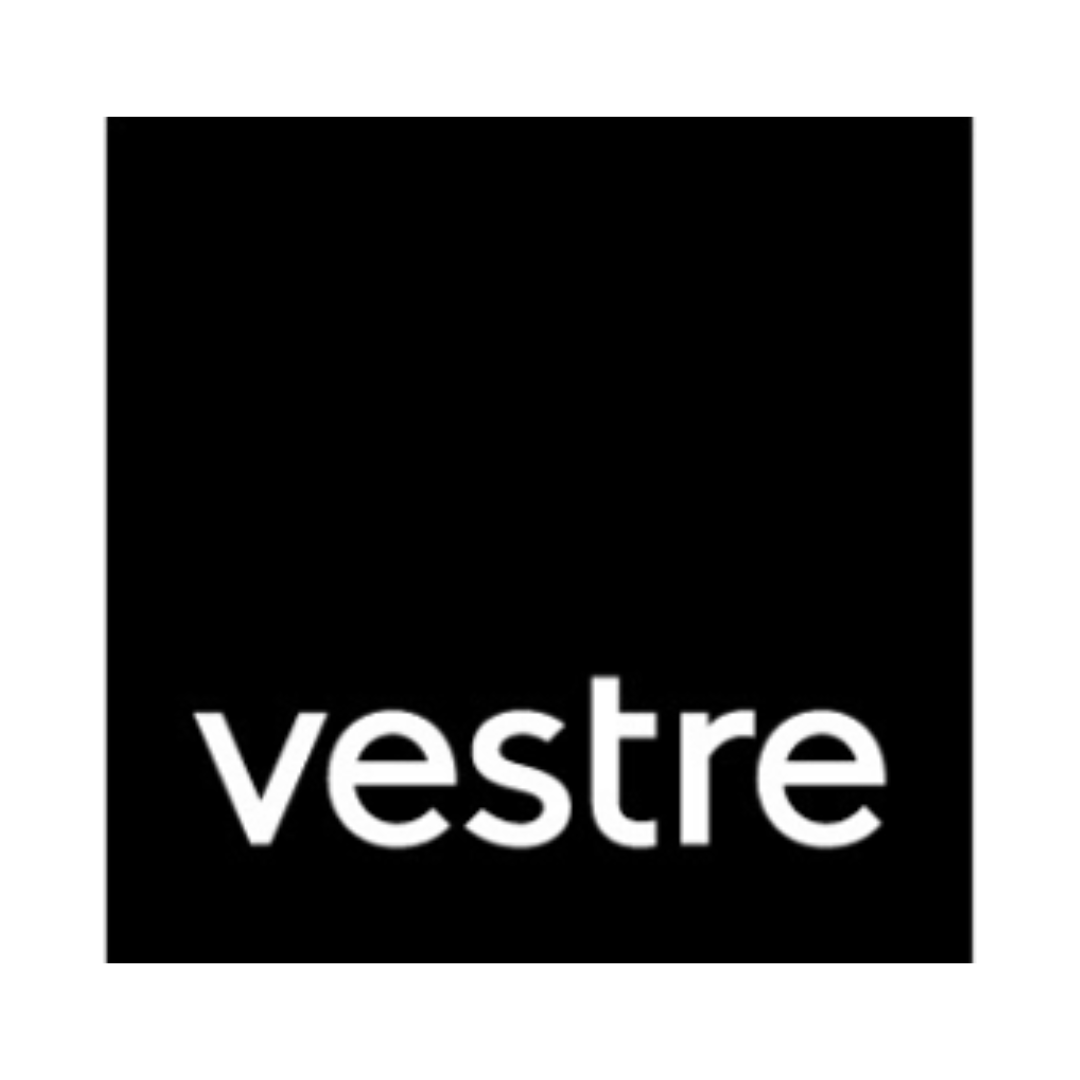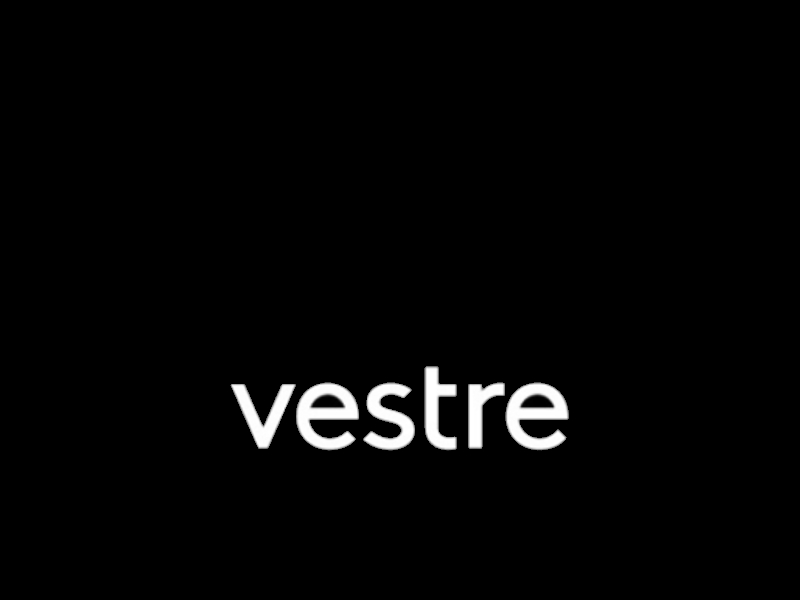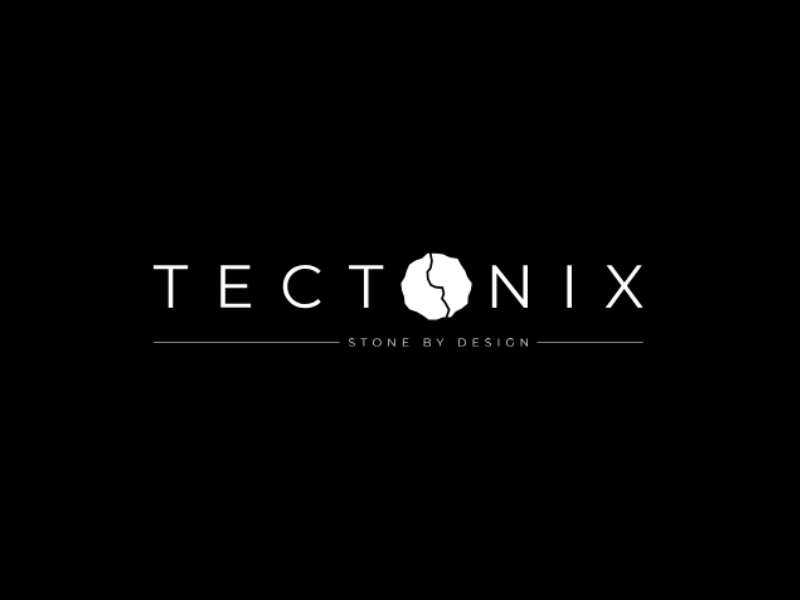Project showcase
The Lab ARU Peterborough, Peterborough for Propco1 with MCW Architects, Morgan Sindall, Mace, Smith and Wallwork, CPW and LUC

The third phase of the ARU Peterborough University Quarter addresses the city’s historical lack of higher education and its socio-economic disparities by transforming poor-quality car parks into a green, accessible campus. Central to the £32 million project is a “living lab”. It delivered £74.1 million in local social value, and created 45 new jobs, 16 work experience placements and 240 apprentice weeks during construction, significantly boosting the community and local economy.
Who is on the project?
Contractor - Morgan Sindall
Project Manager - Mace
Architect - MCW Architects
Structural and civil engineers - Smith and Wallwork
MEP Engineers - CPW
Landscape Architects - LUC
Describe the social and environmental context of this project, its neighbourhood and people. What is the purpose of the building? How does this building make an impact in its community?
The Lab is part of the wider social and economic regeneration of Peterborough, forming the third phase of the new ARU Peterborough University Quarter. It addresses the city’s historical lack of higher education provision and socio-economic disparities. The project interacts with diverse neighbours, including the city centre, Peterborough Cathedral, socio-economically deprived residential areas, and the Embankment, a vital green space within the city. By transforming underutilised, poor quality car parks into a green, accessible campus, the Lab builds upon the successful opening of the first phase in 2022 and expands educational and community engagement opportunities. The building’s purpose, along with Phase 1, is to support community outreach and provide teaching and learning opportunities to a region that has been a cold spot for Higher Education. The building includes specialist and generic teaching spaces as well as the ‘Living Lab’’ which serves as a hub for learning, outreach, and collaboration, driving social and economic growth in the area. The Lab’s impact on the community is multifaceted. Its "no barriers" approach to education fosters inclusivity and encourages participation in community events and outreach programs. The building’s transparent design promotes visibility and accessibility to higher education, inspiring local residents in this historically underserved region. This approach enhances the urban landscape and combats anti-social behaviour, fostering a safer and more vibrant public realm. Furthermore, the Lab’s design respectfully acknowledges its setting within the Embankment by providing seamless connections for the community and integrating the landscape in the campus.
Is the project innovative or creative in its design or purpose? What does it do well in terms of serving its people?
The Lab’s innovative design prioritises community, accessibility, and sustainability. By transforming neglected urban spaces into a vibrant, green campus, it fosters a safe and welcoming environment. The "golden box," housing key community spaces, is strategically placed at the heart of the campus. This central location, with its transparent design, maximizes visibility both internally and externally, showcasing the activities within and creating an inviting and accessible atmosphere for learning. This transparent design, coupled with the prioritisation of pedestrians and cyclists over cars, showcases the project’s commitment to the community. The project’s sustainability is evident in its BREEAM Excellent rating and low carbon footprint, achieved using a CLT timber frame. Its sustainable design, with exposed timber elements, promotes a healthy and welcoming atmosphere. This approach sets a new standard for environmentally conscious design within the city. The Lab excels in serving its diverse community -residents, visitors, students, and staff- by creating a high-quality environment that fosters learning, wellbeing, and social interaction. It provides opportunities for upskilling local people and supports community use within a higher education setting. The building’s commitment to accessibility ensures inclusivity for all, featuring a publicly accessible Changing Place Toilet. The Lab was developed through a programme of community engagement which informed the design process. It actively fosters positive relationships by hosting events like Community Days and STEM initiatives, promoting learning and interaction. Testimonials confirm its positive impact, demonstrating the Lab is not just a building, but a valuable asset that enriches the lives of its neighbours.
Please describe the programme of the building, and how its design serves this use. Please also explain whether the future viability of this use has been considered. How might the building be repurposed to other uses?
The Lab’s design effectively serves its diverse program, combining specialised teaching facilities with community-focused spaces. Its programme complements teaching and community spaces already available in the initial phases of the ARU Peterborough Campus.The heart of the building is a large, double height "Living Lab" equipped with advanced IT/AV technology. This adaptable space can host various community events and activities, fostering engagement and collaboration. A dedicated teaching wing houses specialist labs and engineering workshops on the ground floor, while the first floor features general teaching spaces beneath a distinctive sawtooth roof. These core areas open up to informal learning spaces encouraging collaboration and providing views overlooking the vibrant campus. The Lab’s adaptable design ensures its longevity and relevance for future generations. Flexible timber floorplates and large spans within the teaching wing accommodate evolving educational needs, allowing for easy reconfiguration. The teaching rooms on the first floor incorporate moveable walls, enabling flexible configurations accommodating diverse group sizes and learning styles. The client used their experience in developing highly flexible, adaptable and future-proof university facilities to inform the design whilst being mindful to ensure a wider impact on the City. The combined impact of this cultural and educational investment will generate a positive economic impact onto the City’s visitor economy, and a much greater positive impact on the overall competitiveness of Peterborough’s workforce and ability to grow and attract higher value employment. The flexible building is guaranteed to remain a valuable asset, serving both education and community needs for years to come.
Gallery


Festival of Pineapples
24-26 February 2026
Pineapples prize giving night
April
Pineapples at Festival of Place
10 June 2026
© The Pineapples - Tweak Ltd. 124 City Road, London, EC1V 2NX. Tel: 020 3326 7238





